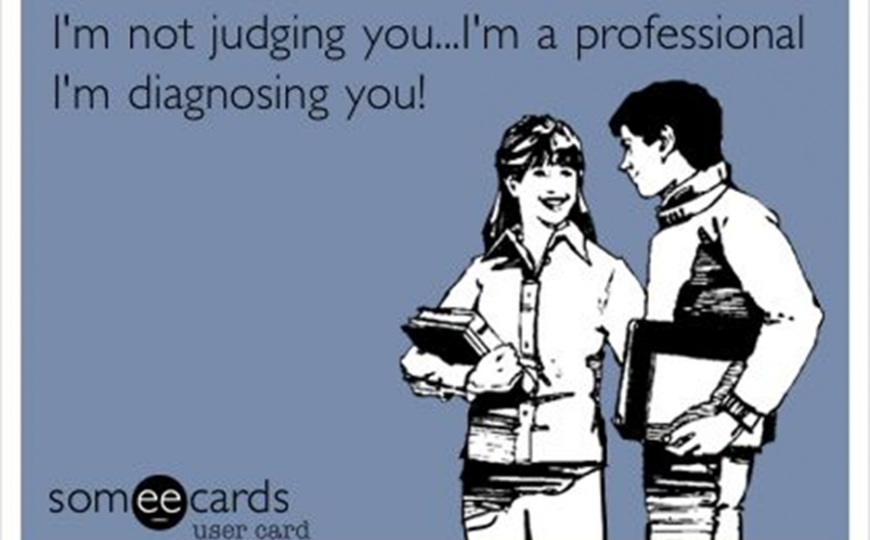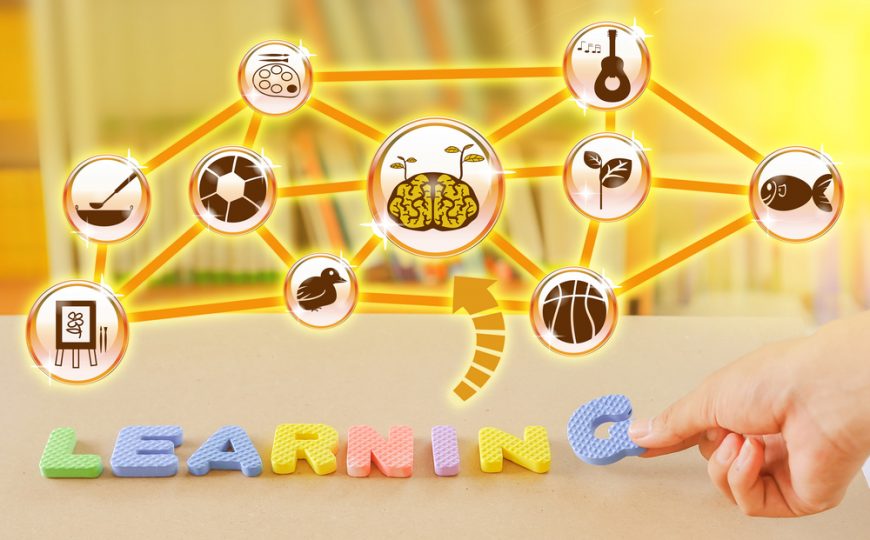We have previously discussed the importance of identifying struggling students and referring appropriately but just how do we do this? Just what is the difference between a judgement and an observation? An observation is merely a statement of facts seen, heard or touched without any emotional connotations or personal opinions attached. If this topic sounds familiar it is because we touched on this in Of Fidget Spinners and Fake Education and When Learning Goes Awry. You may observe that someone has goosebumps but could mistakenly judge them to be cold when in fact they could be frightened. You may also …










